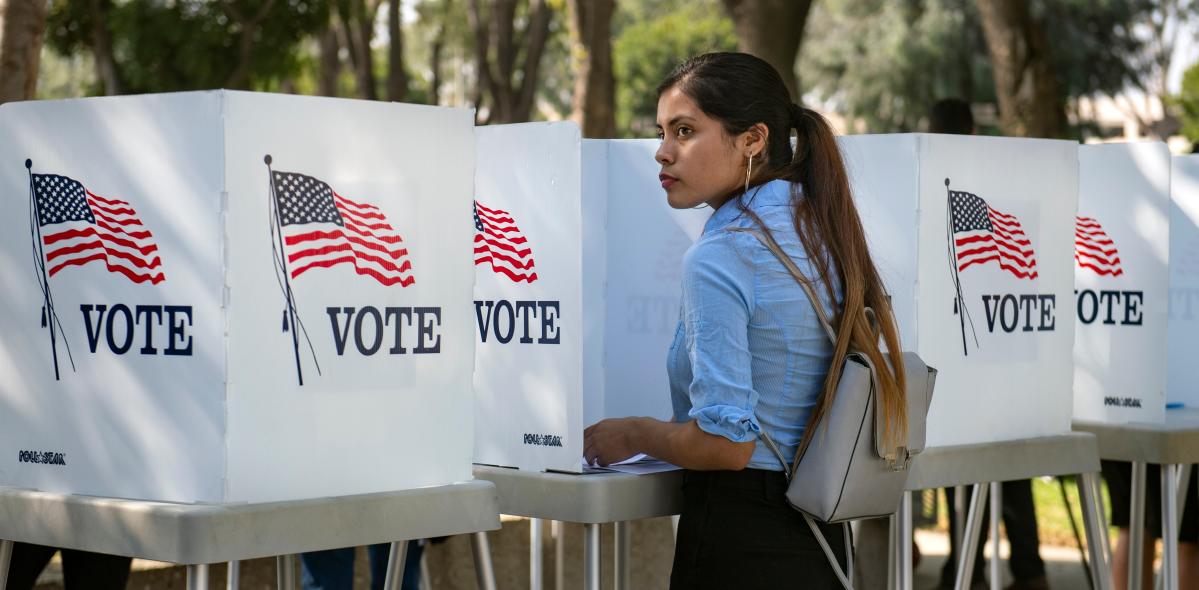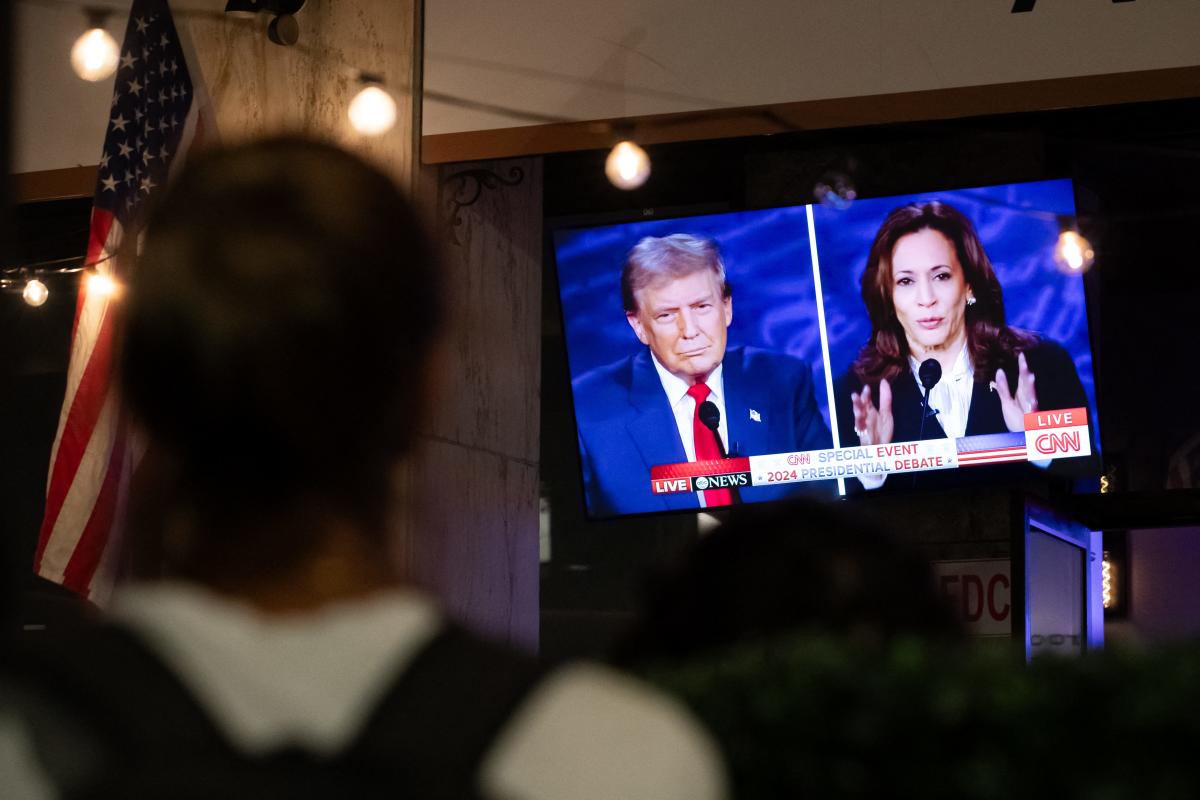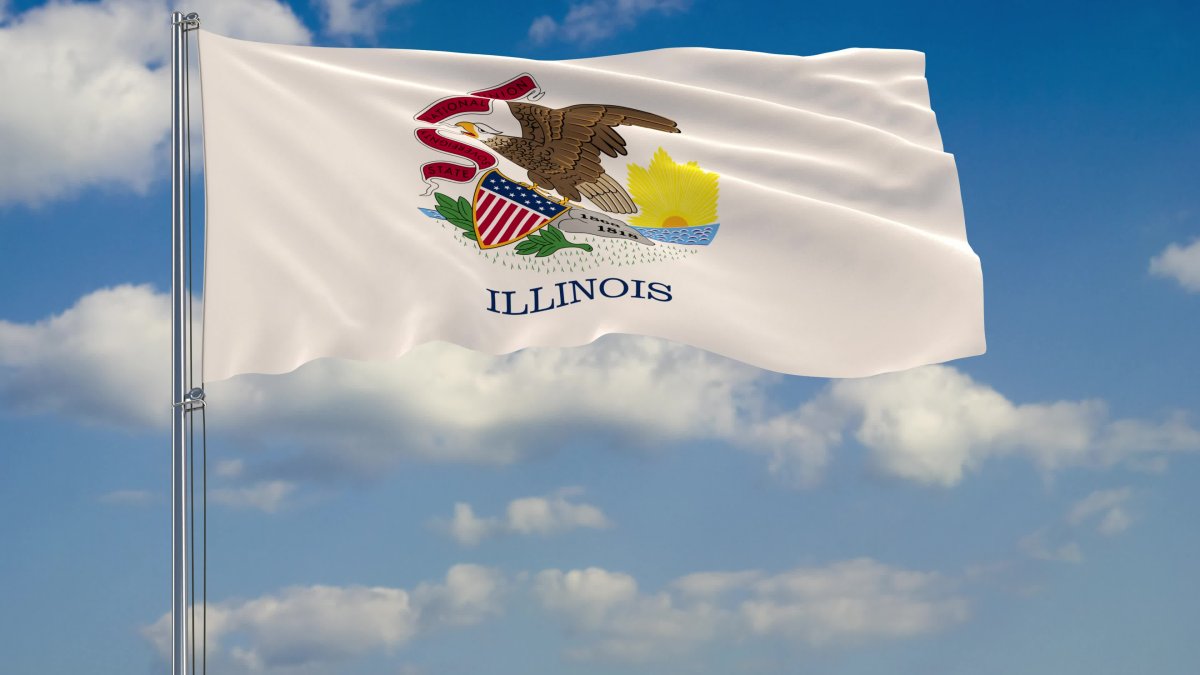Getty Images
On the morning of November 6, 2016, I was full of hope. Less than 24 hours later, my friends were sitting in a gutter in the suburbs of Phoenix late at night, begging me to stop talking to strangers before I became the subject of a true crime podcast.
We had skipped class to fly to Arizona and serve as election poll observers. (Side note: If your school doesn’t give students time off on Election Day to vote and participate in nonpartisan election activities, let’s see if we can change that.) That evening, as I watched the results come in, an overwhelming mixture of adrenaline, confusion, and despair flooded my veins until I found myself walking outside into the night, alone.
Over the years, I’d been told by family, friends, and even professors at some of America’s most elite schools that voting doesn’t really matter and can’t make a difference. In that moment, I worried maybe they were right.
But here’s the thing — they’re not.
Seven years later, I returned to Arizona. This time, I was surrounded by roughly 70,000 fellow Swifties all screaming at the top of our lungs. That crowd was larger than the number of votes in each of the three closest states that decided the last two presidential elections.
In the United States, the president isn’t elected based on the total number of votes cast by Americans across the country. Instead, presidents are picked based on whether a candidate can secure at least 270 Electoral College votes by winning elections across a hodgepodge of states. Despite the fact that over 158 million Americans voted in the 2020 presidential election, the election was ultimately decided by just 42,918 votes cast across three states. Similarly, even though over 137 million Americans voted in the 2016 presidential election, it was ultimately decided by a mere 77,744 votes cast across three states.
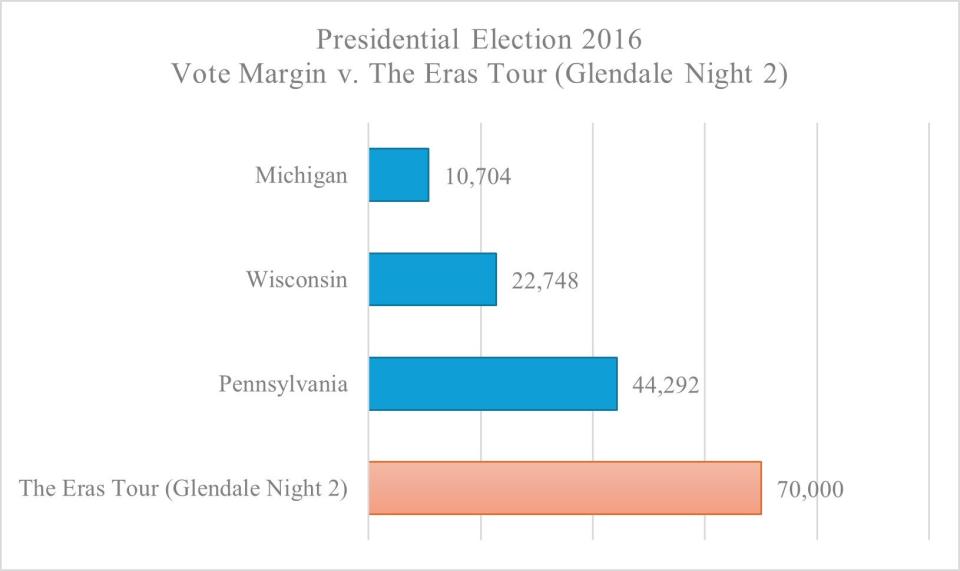
Figure 1: The vote margins in the three states where Donald Trump secured the Electoral College votes necessary to become president in 2016 by the narrowest margins compared to the estimated attendance at Taylor Swift’s The Eras Tour on Glendale, AZ night 2.
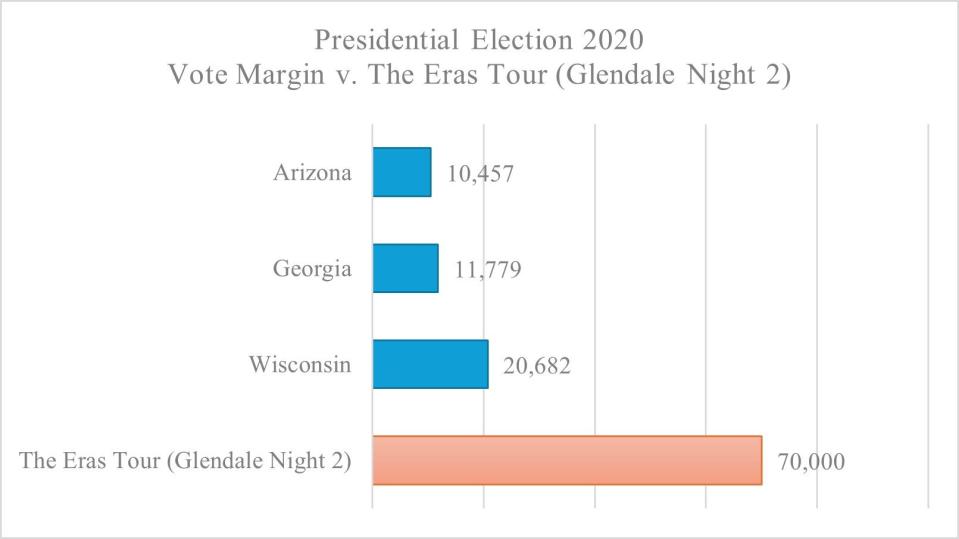

Figure 2: The vote margins in the three states where Joe Biden secured the Electoral College votes necessary to become president in 2020 by the narrowest margins compared to the estimated attendance at Taylor Swift’s The Eras Tour on Glendale, AZ night 2.
When we look closer, we see just how much power young Americans have at their fingertips. In each of the states mentioned above, 18- to 24-year-olds voted in numbers far larger than the vote margin — in 2016 and again in 2020.
But it’s also true that in both of those elections, hundreds of thousands of young Americans within that same age group either didn’t vote or didn’t even register to vote.
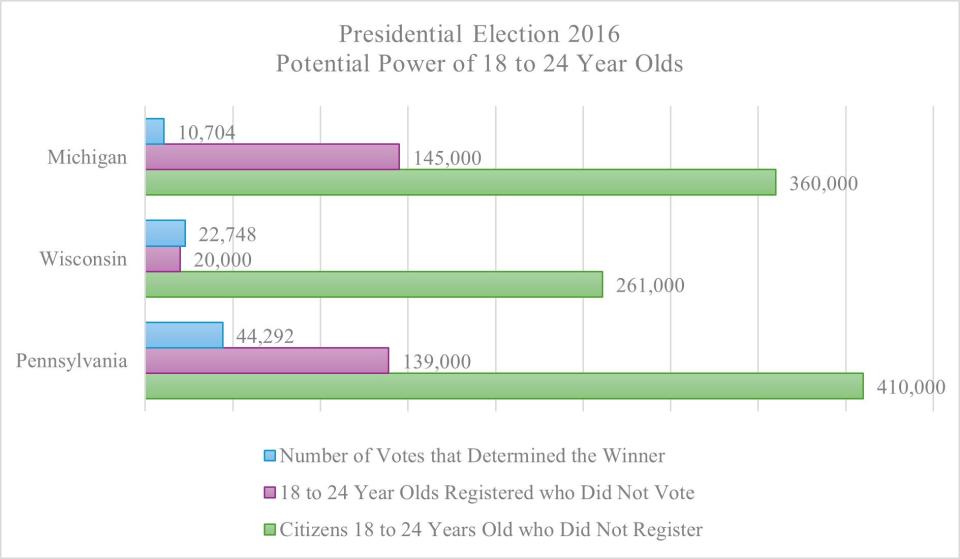

Figure 3: The vote margins in the three states where Donald Trump secured the Electoral College votes necessary to become president in 2016 by the narrowest margins compared to the number of 18 to 24 year olds who did not vote and the number who did not register to vote.
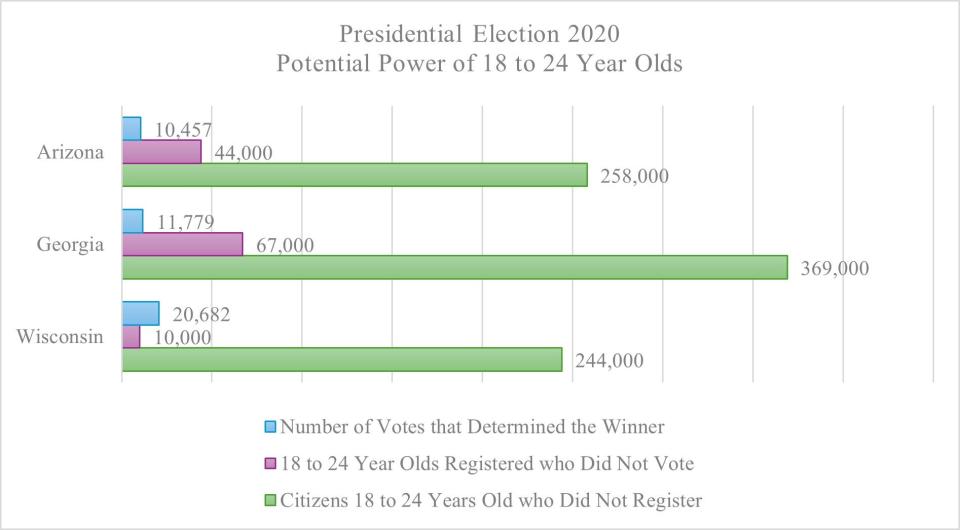

Figure 4: The vote margins in the three states where Joe Biden secured the Electoral College votes necessary to become president in 2020 by the narrowest margins compared to the number of 18 to 24 year olds who did not vote and the number who did not register to vote.
This isn’t me saying young Americans don’t matter — quite the opposite. Young Americans have more power to shape the future than we might realize.
And while it’s easy to get swept up in the excitement of presidential elections, they aren’t the only ones that matter.
If you care about America’s stance on foreign and domestic affairs, its approach to the economy, which justices sit on the Supreme Court, and which laws govern our country, then you care about congressional elections. More importantly, you have the power to influence all of those decisions.
For example, it wasn’t always the case that young adults could stay on their parents’ health plans until the age of 26, or that insurers were prohibited from discriminating against people with preexisting conditions (including an estimated 135 million people under the age of 65). This is now true because of a federal law known as the Patient Protection and Affordable Care Act, which was passed in 2009. Believe it or not, passage of this law was made possible by a mere 312 Minnesotan votes cast in one U.S. Senate race in 2008. America could very well have young voters to thank for this policy: an estimated 279,000 voters aged 18 to 24 years old voted in Minnesota that year.
Young Americans can also shape the future by voting in state and local elections. Not only are votes more powerful in these elections, but the outcomes will often have a more direct and tangible impact on your daily life.
Offices like state legislators, governors, state attorneys general, secretaries of state and more are voted on at the state level. If you care about any type of policy — whether it’s abortion rights, healthcare, climate change, law enforcement, free school lunches or voting rights — then you should know you have the power to help shape these decisions, too.
For example, Minnesota recently passed laws protecting reproductive rights; restoring and expanding voting rights; taking positive steps on climate and gun safety; and providing workers with paid family and medical leave. These decisions were impacted by control of the Minnesota Senate, which was determined by just 321 votes cast in one legislative district in a 2022 election. This is not an outlier situation. In the year 2016 alone, more than 340 state-level elections were decided by less than 500 votes, and of those, more than 85 were determined by less than 100 votes.
Local governments and elected boards make critical decisions that impact Americans’ daily lives, including zoning decisions (which determine where you can live, work and shop), housing services, law enforcement, emergency medical services, road maintenance, quality of education and more. Local-level voter turnout tends to be low, making each vote cast more powerful. For example, Virginia is one of the top states in the nation for book bans. An analysis of the 404 school board seats up for election in Virginia in 2023 reveals that over one-third of those elections were decided by under 500 votes, and over 80% were decided by under 2,000 votes. That means you could very well be the deciding vote on whether the next generation gets to enjoy the same books you grew up with.
Young voters: The power is in your hands. Use it.
Stay up-to-date with the politics team. Sign up for the Teen Vogue Take
Originally Appeared on Teen Vogue
Want more U.S. government coverage?





